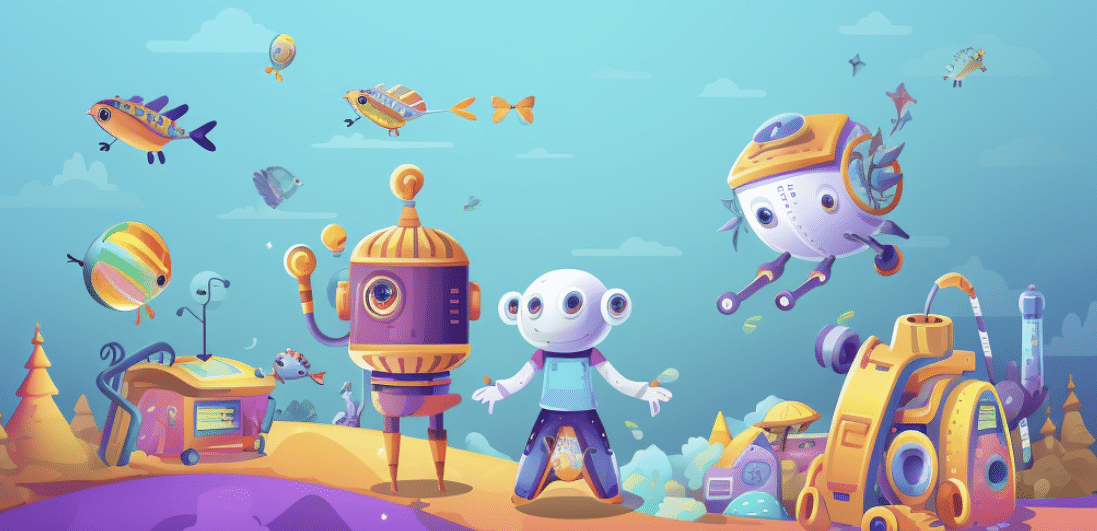Using artificial intelligence to generate completely new images from simple text descriptions: This is what Midjourney has recently made possible for its users in a groundbreaking way. For this to work as desired, you need the right prompts. The quality of these prompts determines how convincing the result is.
Definition of Midjourney Prompts
A prompt is generally a command prompt. Similar to what some people already know from the old CMD console from Microsoft. You can use it to tell a computer program or an AI which specific task to perform.
In the context of Midjourney, this prompt contains instructions for image creation. You can regard the prompt as part of the input from which the AI is to generate the desired output. Of course, the AI also draws on many other sources such as databases with image content.
5 tips for cool & easy Midjourney prompts
Keep it simpe & short:
Short and simple prompts often work better with Midjourney than long and overly complicated ones. An AI is like a toddler. Describe in the prompt what you want to see later on the finished image. Leave out any information that is not necessary for the image creation.
Do not write for a human:
The Midjourney bot interprets language differently to humans. For example, it is not interested in capitalization and does not need punctuation marks such as brackets or commas. It is sufficient to use words that convey precisely what image content you need. Keywords are best suited here.
Exclude content or topics by parameter
Use the
–no
… if you do not want to see a certain element on the generated image. For example, it is not enough to write that you do not want clouds on the image. Instead, you should always use the corresponding parameter for negations.
Don’t forget any possible detail
What you don’t describe precisely in the prompt, Midjourney will not implement for you or interpret in its own way. For example, specify the subject and tell the bot whether you want to see people, animals, objects or a specific location in the picture.
Is it a day or night scene and from which perspective should the rendering be done? Also specify the mood, such as peaceful or dramatic. Try to incorporate emotions (e.g. sad, happy, anxious, etc.).
Tip: here you get more information about Stable Diffussion – a similar engine to Midjourney
Specify suitable parameters
Tell Midjoruney what size and resolution the image should have. Midjourney can easily take such parameters into account. Do you want an abstract, futuristic or other style? These are all important parameters for image creation. Possible parameters that you can set with “–”
good parameters for example:
–ar
You can use this prompt to change the aspect ratio
z. B.
–ar 5:4
–tile
This creates images that form a recurring pattern.
–iw
If you want to create an image with text, this prompt is recommended. This allows you to specify the weighting of image vs. text.
Conclusion
Creating images requires a lot of time and resources. Both in terms of human input and AI. As well as for the AI to generate them. Midjourney can help with this challenge. It is a text-to-image tool that allows you to generate images from text descriptions using artificial intelligence. Midjourney generates unique images for you, which you can customize precisely to your needs. Please note that the quality of the results depends crucially on the prompts used.




